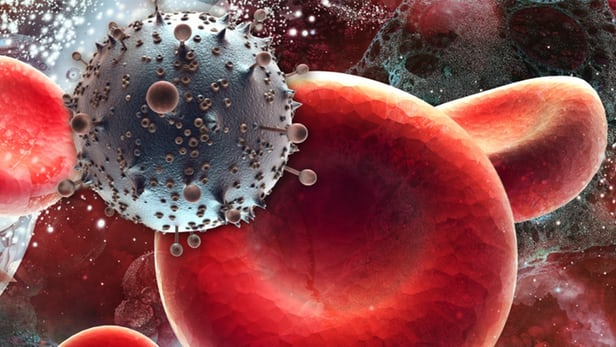
"Kick and kill" HIV cure showing promise (04/10/2016)
In 2014, a multi-university team of researchers in the UK undertook a search for the holy grail in HIV/AIDS treatment: a cure. At the time, they reported that the results from their "kick and kill" approach would be available in early 2017 but, as recently reported in The Sunday Times, it seems as though they're a bit ahead of schedule. The HIV virus has completely vanished from the bloodstream of a 44-year-old man who is one of 50 people who participated in the trial. Although more time is needed to confirm whether the result is from the new approach or from standard anti-HIV drugs that the patient was taking, the implications of the research are encouraging.

Robotic surgery tech provides users with a sense of touch (04/10/2016)
A new system called HeroSurg, developed by researchers at Deakin and Harvard Universities, is set to increase what surgeons can achieve via robotic surgery, using a haptic feedback system to provide a sense of touch. It also brings other improvements over existing tech, such as collision avoidance, to make robotic surgery safer and more accurate.
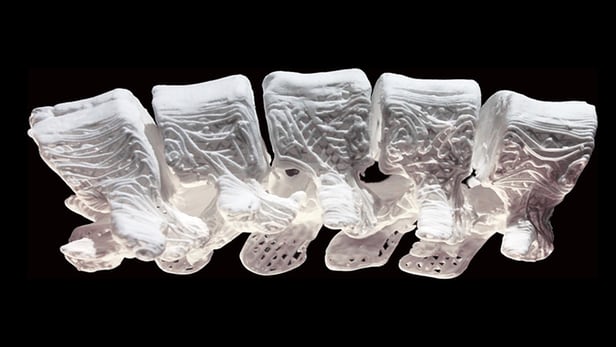
Bony biomaterial may keep kids from outgrowing their implants (03/10/2016)
When it comes to surgically replacing sections of missing or damaged bone, there are two main approaches: harvesting pieces of bone from elsewhere in the body, or using shaped metallic implants. That said, harvesting bone is invasive and painful, while metallic implants won't grow along with the patient. The latter means that children will require additional surgeries to swap in larger implants as they grow. Now, however, scientists from Illinois' Northwestern University are developing an alternative – stretchy 3D-printed implants that bone cells actually propagate.

First quantum photonic circuit with an electrically driven light source (03/10/2016)
Whether for use in safe data
encryption, ultrafast calculation of huge data volumes or so-called quantum
simulation of highly complex systems: Optical quantum computers are a source of
hope for tomorrow's computer technology. For the first time, scientists now
have succeeded in placing a complete quantum optical structure on a chip. This
fulfills one condition for the use of photonic circuits in optical quantum
computers.
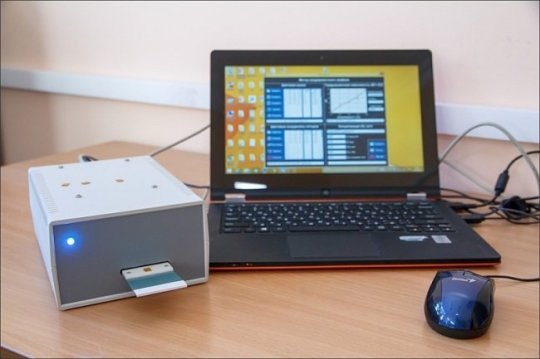
New device detects hazardous substances in water (03/10/2016)
A device for the rapid analysis of
liquids on the content of hazardous substances - such as heavy metals - has
been developed by researchers, who have used a method based on polymer optodes,
very small plastic matrices that can be made sensitive to specific substances
by means of special reagents. The matrices change color and their intensity
depending on the concentration of the substance. The device is mobile, can
carry out analysis in situ even at low temperatures, and its cost is many times
less than the price of a spectrophotometer, the most used device for chemical
analysis.
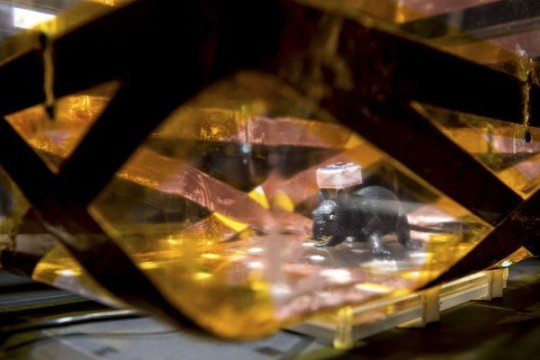
Wireless, freely behaving rodent cage helps scientists collect more reliable data (02/10/2016)
The EnerCage (Energized Cage) system
is created for scientific experiments on awake, freely behaving small animals.
It wirelessly powers electronic devices and sensors traditionally used during
rodent research experiments, but without the use of interconnect wires or bulky
batteries. Their goal is to create as natural an environment within the cage as
possible for mice and rats in order for scientists to obtain consistent and
reliable results.
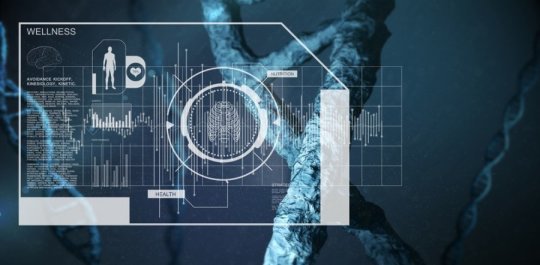
New devices emulate human biological synapses (02/10/2016)
A new type of nanodevice for computer
microprocessors is being developed that can mimic the functioning of a
biological synapse -- the place where a signal passes from one nerve cell to
another in the body, report scientists.
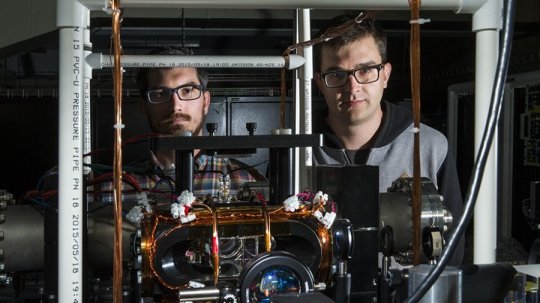
Quantum computing a step closer to reality (30/09/2016)
Physicists have brought quantum
computing a step closer to reality by stopping light in a new experiment.
Researchers report that controlling the movement of light is critical to
developing future quantum computers, which could solve problems too complex for
today's most advanced computers.
4.02 billion-year-old rock sheds light on Earth’s infancy (30/09/2016)
A group of scholars has used pieces of rock from the most-distant past to unearth some of the world’s oldest secrets.

Rosetta spacecraft heads for crash landing into comet (30/09/2016)
The European Space Agency’s $1.6 billion Rosetta spacecraft
closed in Thursday for a deliberate crash landing on the surface of comet 67P/Churyumov-Gerasimenko
early Friday, a slow-motion kamikaze plunge to bring the enormously successful
mission to an end after more than two years of unprecedented close-range
observations.









